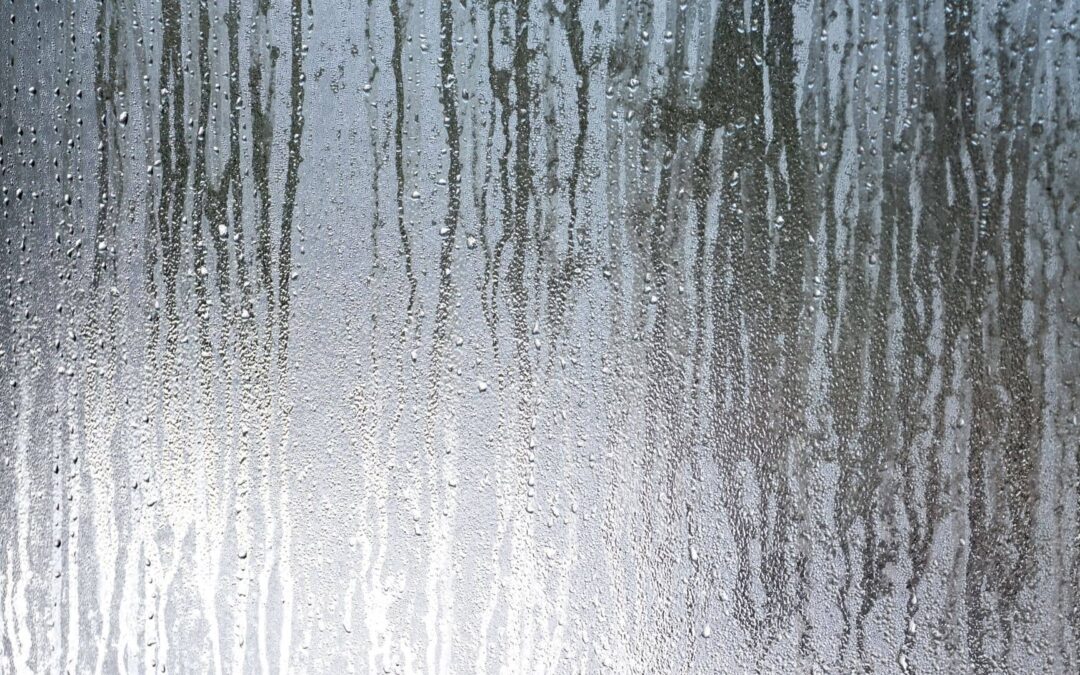If you live in humid areas like Long Island, Brooklyn, Queens, or the Bronx, you know how moisture can take a toll on your home and your well-being. One of the most effective solutions to combat excess humidity indoors is a dehumidifier. But exactly what does a dehumidifier do? Let’s break it down and explore how this simple device can protect your home and improve your quality of life.
What Does a Dehumidifier Do?
A dehumidifier is an appliance that removes excess moisture from the air. It draws in humid air, extracts the water vapor, and releases drier air back into the room. The collected moisture is stored in a tank or drained directly via a hose.
This function is critical in maintaining optimal indoor humidity levels (typically between 30% and 50%), which helps protect your property, improve indoor air quality, and create a more comfortable living environment.
How Dehumidifiers Help Homes in Long Island, Brooklyn, Queens, and the Bronx
New York’s coastal climate, combined with older building structures in many neighborhoods, makes moisture control essential. Here’s how dehumidifiers make a difference in our local environment:
1. Prevent Mold and Mildew
High humidity creates an ideal breeding ground for mold and mildew, especially in basements, bathrooms, and poorly ventilated spaces. A dehumidifier reduces this risk significantly.
2. Protect Your Home’s Structure
Excess moisture can damage drywall, wood framing, paint, and floors. By controlling humidity, you help preserve the structural integrity of your property.
3. Reduce Musty Odors
Humidity often causes damp smells, especially in basements or older homes. Dehumidifiers remove moisture from the air, tackling those persistent odors.
4. Improve HVAC Efficiency
Dry air is easier to cool or heat. By using a dehumidifier, you reduce the burden on your HVAC system, which can lead to energy savings.
5. Boost Indoor Air Quality
Less humidity means fewer allergens like mold spores and dust mites. For residents with allergies or respiratory issues, a dehumidifier can make a noticeable difference.
Signs You May Need a Dehumidifier
Residents in Long Island, Queens, Brooklyn, or the Bronx should look for these signs:
- Condensation on windows
- Musty smells
- Mold growth on walls or ceilings
- Damp or clammy rooms
- Allergies or respiratory issues triggered indoors
If you notice any of these symptoms, it might be time to consider installing a dehumidifier.
Where Should You Use a Dehumidifier?
Some areas of the home are more prone to excess moisture. Common spots include:
- Basements
- Bathrooms
- Laundry rooms
- Bedrooms (especially those with poor ventilation)
- Kitchens
Choosing the Right Dehumidifier
When shopping for a dehumidifier, consider:
- Room size: Larger rooms need higher-capacity units.
- Drainage options: Manual tanks vs. continuous drain lines.
- Energy efficiency: Look for ENERGY STAR-rated models.
- Noise level: Important if used in bedrooms or living rooms.
Zavza Seal LLC can help you determine the right size and setup for your space—especially if you’re already dealing with basement moisture, crawl space issues, or mold growth.
FAQs About Dehumidifiers
What does a dehumidifier do for your health?
A dehumidifier reduces mold spores, dust mites, and other allergens. This helps ease symptoms for people with asthma, allergies, or respiratory conditions. Less humidity also prevents bacterial growth and keeps the air feeling fresh.
Does a dehumidifier cool a room?
Not exactly. A dehumidifier doesn’t lower the temperature like an air conditioner, but it makes the room feel cooler by removing moisture, which reduces the “sticky” feeling of humid air.
Dehumidifier vs Humidifier: What’s the difference?
- Dehumidifier: Removes moisture from the air. Ideal for damp spaces.
- Humidifier: Adds moisture to dry air. Useful in winter when heating systems cause dryness.
Choosing between the two depends on your indoor climate needs. In New York’s humid summers, dehumidifiers are often the go-to.
What are the disadvantages of a dehumidifier?
- Energy consumption: They use electricity, so consider efficiency.
- Noise: Some units can be noisy.
- Maintenance: You need to empty the tank or ensure proper drainage.
- Initial cost: Good-quality models can be pricey.
However, the long-term benefits often outweigh these drawbacks, especially when protecting your home.
What are the benefits of a dehumidifier in the bedroom?
- Better sleep quality
- Reduced dust mites and allergens
- Less condensation on windows
- No musty smells
- Healthier air for asthma or allergy sufferers
Using a dehumidifier in the bedroom, especially in older or poorly ventilated homes in Brooklyn or Queens, can greatly enhance comfort.
Final Thoughts
If you’re dealing with dampness, musty smells, or mold in your home, especially in humid-prone areas like Long Island, Queens, Brooklyn, or the Bronx, a dehumidifier could be the solution. It’s a small investment that delivers big returns in health, comfort, and home protection.
Zavza Seal LLC offers moisture control solutions, from dehumidifier installations to full-scale waterproofing and mold remediation. Contact us today for a personalized assessment!








